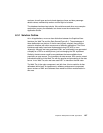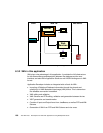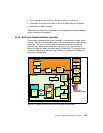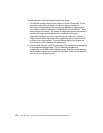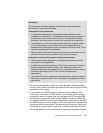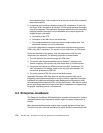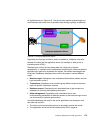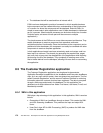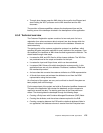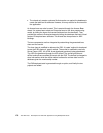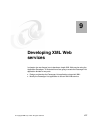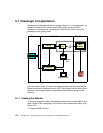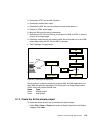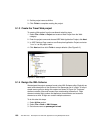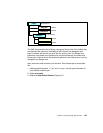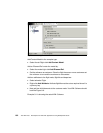Chapter 8. WebSphere and XML approaches 175
Through Java classes maps the XML data to the org.w3c.dom.Element and
also invoking the XSLT processor on the XML document and the XSL
document.
The provision of these capabilities, reduces the development time and the
learning curve of the developer involved in the development of the application.
8.5.2 Technical overview
The Customer Registration system consists of a two main parts. Its has a
registration form where customer data is entered, two Java classes which the
customer information is stored and retrieved from the database. Wizards are
used extensively.
The starting point of the customer registration systems is a JavaBean, which
specifies the getter and setter methods for every attribute of the customer. From
the JavaBean, the JavaBean to XML wizard is used to generate the Web tier. The
wizard leads through a few steps:
It creates the XML and XSL files for all the chosen attributes. Two XSL files
are produced one for the output and another for the input.
It creates the Input and Output forms, which can be customized.
It creates a XML Schema file which describes the customer entity. In this
application there are only four attributes: FirstName, LastName, EMail and
the membership number.
An Java class that converts the customer attributes to a DOM representation.
A Servlet that stores and retrieves the attributes to and from the DOM
representation using the Java class.
As a final part of the system, we carry out a unit test to check if the system as
been properly built until this stage.
For the second part of the project, we build an Enterprise JavaBean framework.
This part of the application also creates the database, and the components
required to access the data. The starting point here is the Enterprise bean
wizard. The wizard guides the developer through the following steps:
Creating a Entity bean with Container Managed Persistence (CMP) fields.
Creating the attributes, and the various classes required for the EJB.
Creating a mapping between the EJB and the relational database fields. In
our application, the database schema is created from the Enterprise bean.



